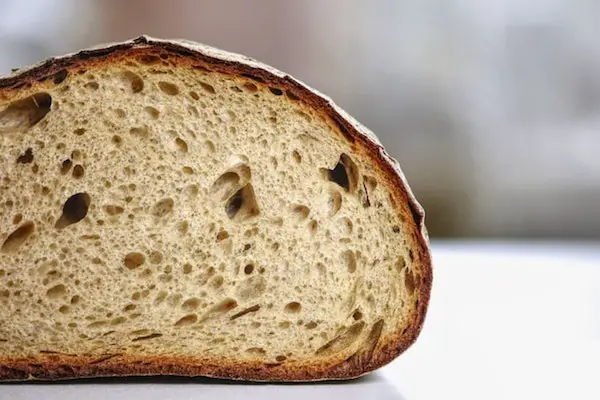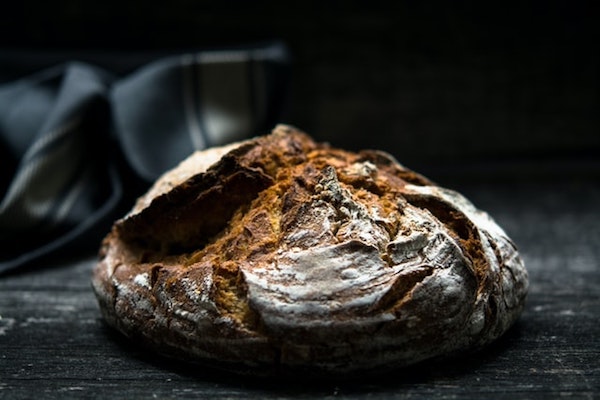Even though bread comes in different flavors, forms and sizes, they’re typically all the same. And the more you understand the features and characteristics of dough and the processes that turn it into bread, the better the quality of your bread products. So in this post, we’ll talk bread and how you can add your own personal touch to create a special taste and design.
Disclaimer: some links used in this post are affiliate links, which means I will earn a small commission if you purchase using my provided links at no extra cost to you. I only recommend products I think will be helpful to you and bring you one step closer to creating tasty bread masterpieces!

What is Bread?
Bread is a basic food prepared by cooking water and flour in dough-form and potentially other ingredients, like egg, sugar, milk, spice, nuts, fruit or even vegetables. Salt, leavening agents and fat like baking soda and yeast are basic ingredients. In fact, bread is among the oldest prepared foods in the world, dating back hundreds of years. Leavened bread can also be traced back to prehistoric periods.
Since bread has stuck around for so long, lots of cultures and cuisines created a myriad of tasty varieties – ranging from fried, steamed or baked on a hot skillet. Plus, bread can be unleavened or leavened too.
Read more: Sour Dough and the Leavening Process
When it comes to bread terminology, the soft inside part of the bread is called the crumb, which should not be mistaken with small pieces of bread that usually fall off called crumbs. The outside hard part of the bread is known as the crust.
How do I store bread?
Nothing tastes better than freshly baked bread – just the aroma alone can send our tummies growling for a slice. So it’s important to keep our baked masterpieces as fresh as possible in order to maintain it’s taste, quality, and texture.

Because when bread has dried or stiffened past its ideal state is known to be stale – which is a major bummer and a literal stake to the heart for our appetites. So how can you properly store bread to keep it in fighting shape?
Think carefully on this. Bread can be a bit picky on where it’s stored.
Bread kept in moist and warm environments is prone to mold growth; and bread that is kept at low temperatures like inside a refrigerator can grow mold at a much slower rate but it’ll turn stale immediately due to retrogradation. #heckno
With that being said, to help keep your baked loaf feeling fresh, wrap it in plastic wrap or paper film (several layers at least). It may also be stored in a container like a breadbox (this one is our favorite) to keep it from drying out or if you’re not planning on eating it for a while, storing in the freezer is another great option..
What is bread crust?
Bread crust is that harder part of the bread that has a deeper color compared to the rest of the loaf. This harder exterior is created when the exposed dough browns and hardens from caramelization of the proteins and sugars during the baking process.

And like with anything baking related, bread crust texture can vary depending on the baking process; for example, applying steam directly to the bread while cooking produces a much softer, less crunchy, crust. So, as you experiment and dive deeper into the world of bread making, see what kind of crust suits your fancy.
What is the right way to serve bread?
One of the best things about bread is it’s edible versatility. Bread can be served hot or cold, warm or room-temperature (except toast, we love nice warm toast).
What’s also great is that bread can be eaten using your hands or a knife and fork (or both). And to save you headaches on the bread cutting process, here is our favorite bread knife that’ll give you those clean slices without the struggles.
Bread can be eaten on its own or together with other food and sauces like gravy, olive oil and sardines. It can also be sliced up and served as a sandwich with cheese, vegetables or meat contained in between.
Honestly, when it comes to bread, it’s a versatile and dependable food source that has filled the tummies of many generations (and kept them wanting more!) and continues to grace the family table with its supple crumb and delectable crust. It brings creativity to the willing baker and happy memories for many.
